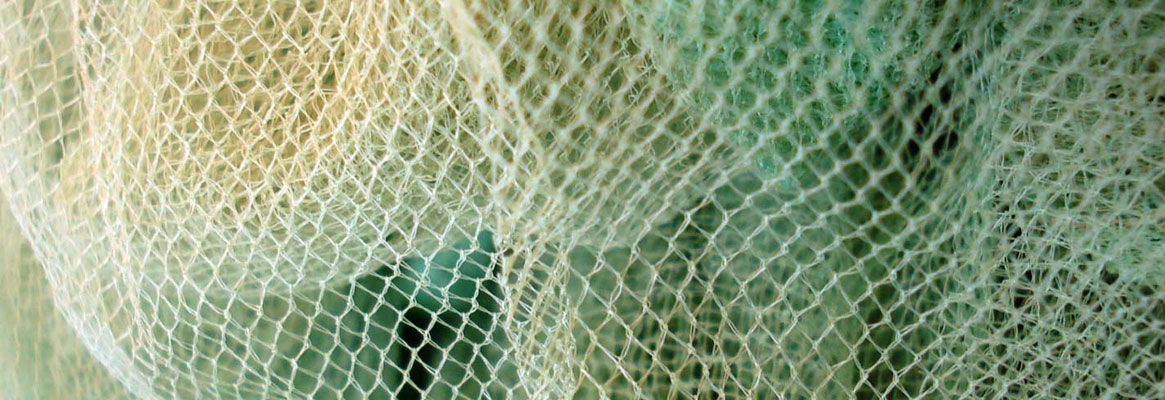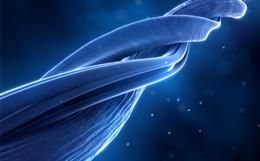'Biomimetics and Technical Textiles:Solving Engineering Problems with the Help of Nature's Wisdom'
By: Markus Milwich, Thomas Stegmaierand Heinrich Planck, Thomas Speck and Olga Speck
The significance of inspiration from nature for technicaltextiles and for fibrous composite materials is demonstrated by examples ofalready existing technical solutions that either parallel biology or are indeed inspired bybiological models. The two different basic types of biomimetic approaches arebriefly presented and discussed for the "technical plant stem." Thetechnical plant stem is a biomimetic product inspired by a variety ofstructural and functional properties found in different plants. The mostimportant botanical templates are the stems of the giant reed (Arundo donax,Poaceae) and of the Dutch rush (Equisetum hyemale, Equisetaceae). Afteranalysis of the structural and mechanical properties of these plants, thephysical principles have been deduced and abstracted and finally transferred totechnical applications. Modern computer-controlled fabrication methods forproducing technical textiles and for structuring the embedding matrix ofcompound materials render unique possibilities for transferring the complexstructures found in plants, which often are optimized on several hierarchicallevels, into technical applications. This process is detailed for the technicalplant stem, a biomimetic, lightweight, fibrous composite material based ontechnical textiles with optimized mechanical properties and a gradientstructure.
Introducing Biomimetics
Biomimetics or bionics is a relative new term for a processas old as humankind: borrowing ideas from nature for shaping and creating oursurroundings. "Ancient" biomimetics led to the development of tools,clothing, and housing. With the dawn of the technical age and later theindustrial age, technical developments deviated from natural prototypes,because looking closely, those principles were often too complex to betransferred to engineering techniques.
Instead of using nature's mostly flexible, soft, andforce-adaptive structures, technical constructions mostly went into rigidrectangular shapes, which could be more easily calculated and mechanicallytooled. Moreover, the invention of the wheel the processing of metal had no naturalexample, and they marked tones of the alienation of mankind from nature (Vogel,1998; Speck and Neinhuis, 2004).
ReadFull Article
About the Authors:
The authorsare associated with Instituteof Textile Technology and Process Engineering (ITV) Denkendorf, Denkendorf,Germany and Plant Biomechanics Group, Botanischer Garten, UniversitaetFreiburg, Freiburg, Germany, respectively.








